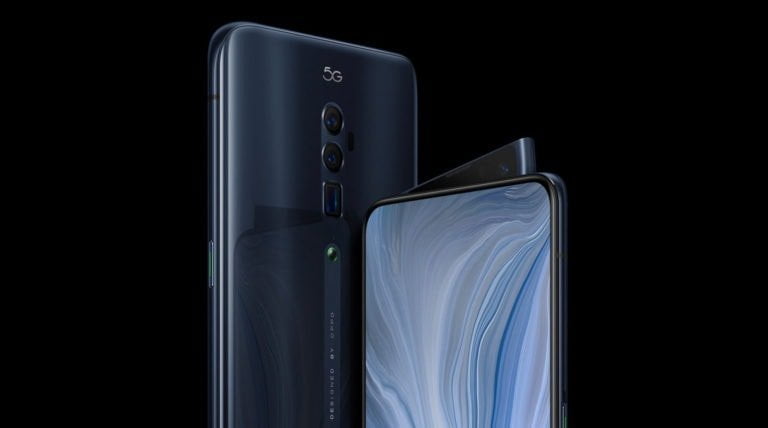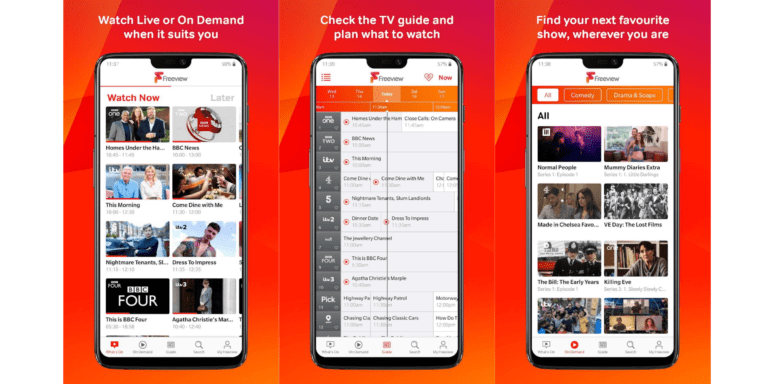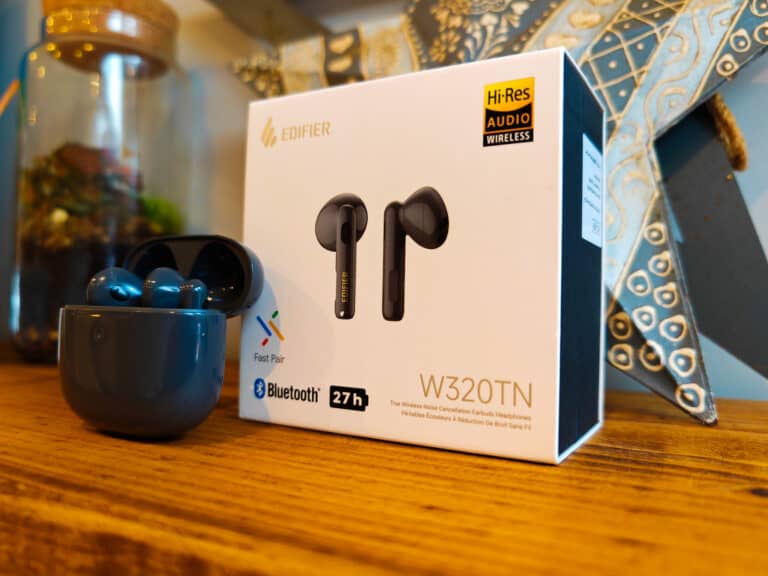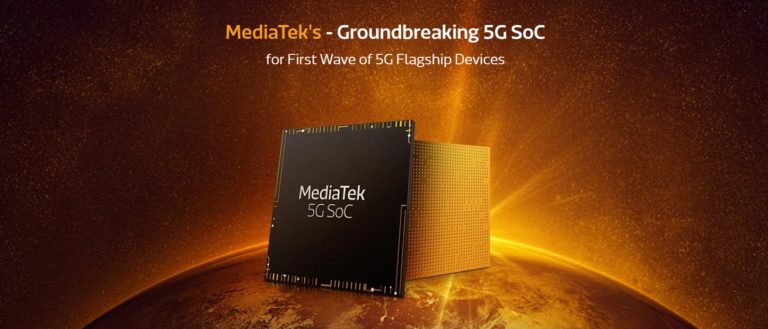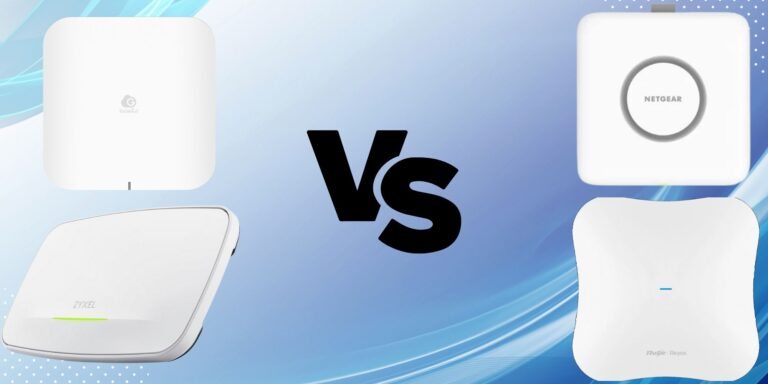Any links to online stores should be assumed to be affiliates. The company or PR agency provides all or most review samples. They have no control over my content, and I provide my honest opinion.
Today Realme announced their latest phones the Realme 6 and the Realme 6 Pro. It was previously believed that the Realme 6 would have the basic Helio G90, but it has launched with the Helio G90T which offers slightly higher frequencies and therefore improved performance.
This is the second phone to launch with this chipset, the other being the Xiaomi Redmi Note 8 Pro which has been available for the past few months. These two brands have been going head to head as the best two companies for affordable phones for the past year or so.
So if you are looking for an affordable device but with superb performance which is best?
Display, Build and Dimensions
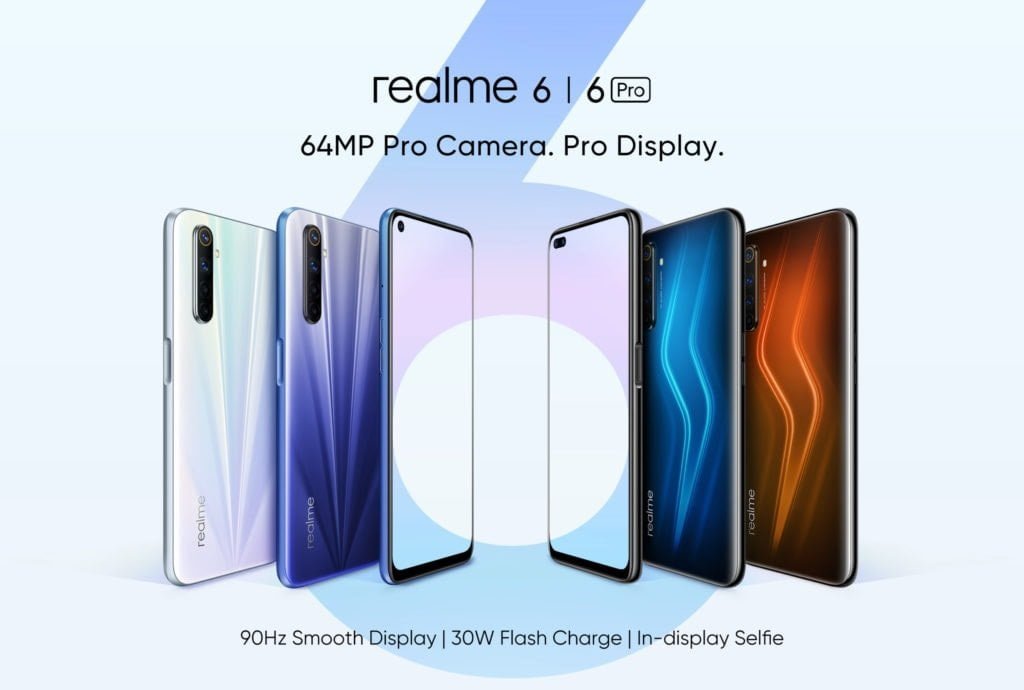
The display of both phones is very similar in size and resolution, the Realme has a 6.5-inch display running at 1080 x 2400 pixels while the Xiaomi has 6.53 running at 1080 x 2340.
Realme has the advantage of having a 90Hz refresh rate with 120Hz touch sensing, something that is becoming the norm for 2020.
Both phones use an IPS LCD which means there is no in-display fingerprint scanner, with Realme this is located on the side, while Redmi has a rear-mounted one.
The dimensions of the two phones are very similar with the Realme measuring 162.1 x 74.8 x 8.9 mm and the Redmi being 161.4 x 76.4 x 8.8 mm.
The Redmi us 9g heavier though, which is likely due to it having a glass back vs the plastic back of the Realme 6.
Realme is splash resistant, but only uses Corning Gorilla Glass 3 vs Gorilla Glass 5 on the Redmi.
Thanks to the punch-hole display of the Realme I think it looks a bit nicer than the Xiaomi
Camera
The rear camera specification is almost identical for both phones with them both having:
- 64 MP, f/1.8, 26mm (wide), 1/1.72″, 0.8µm, PDAF
- 8 MP, f/2.3, 13mm (ultrawide), 1/4.0″, 1.12µm
- 2 MP, f/2.4, 22mm (macro), 1/5.0″, 1.75µm
- 2 MP B/W, f/2.4, (depth)
The Realme has a 16MP front-facing camera and this is located in a small punch hole. The Redmi has a slightly better 20 MP lens, but this is within a dew-drop.
Battery
The Realme 6 has a large 4300 mAh battery with 30W fast charging,
The Redmi Note 8 Pro has a slightly larger battery of 4500 mAh battery but slower charging at 18W.
Other Features
Both phones can have the storage upgraded via microSD.
Unfortunately, the Realme lacks NFC which is needed for Google Pay, whereas the Redmi includes this.
Pricing
For the Realme 6 pricing and availability (in India) is as follows:
- 4 GB RAM + 64 GB storage – Rs. 12,999 (~£136)
- 6 GB RAM + 128 GB storage – Rs. 14,999 (~£157)
- 8 GB RAM + 128 GB storage – Rs. 15,999 (~£168)
- Color variants: Comet Blue and Comet White
- First sale: March 11 at 12PM.
There is no word about EU/UK pricing and availability of the Realme 6 just yet, but Realme
Currently, you can buy the Xiaomi Redmi Note 8 Pro for Rs. 13,999.00 (£147) which includes 6GB of Ram and 64GB of storage. You can currently buy the 6GB/64GB Redmi Note 8 Pro from Amazon UK for £209.00 so that may give you some idea on how much the Realme will be when it launches here (I am guessing £199).
I am James, a UK-based tech enthusiast and the Editor and Owner of Mighty Gadget, which I’ve proudly run since 2007. Passionate about all things technology, my expertise spans from computers and networking to mobile, wearables, and smart home devices.
As a fitness fanatic who loves running and cycling, I also have a keen interest in fitness-related technology, and I take every opportunity to cover this niche on my blog. My diverse interests allow me to bring a unique perspective to tech blogging, merging lifestyle, fitness, and the latest tech trends.
In my academic pursuits, I earned a BSc in Information Systems Design from UCLAN, before advancing my learning with a Master’s Degree in Computing. This advanced study also included Cisco CCNA accreditation, further demonstrating my commitment to understanding and staying ahead of the technology curve.
I’m proud to share that Vuelio has consistently ranked Mighty Gadget as one of the top technology blogs in the UK. With my dedication to technology and drive to share my insights, I aim to continue providing my readers with engaging and informative content.


